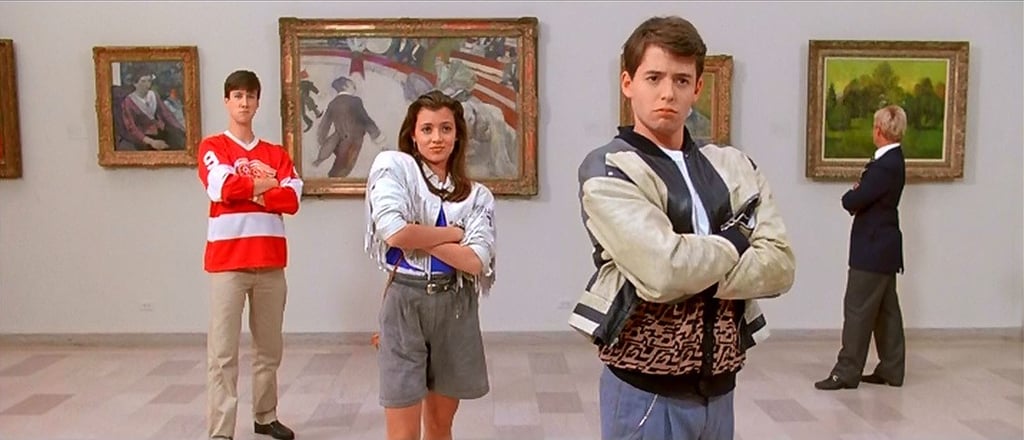Danny: “And I always confuse Monet and Manet. Now, which one married his mistress?”
Tess: “Monet.”
Danny: “Right, and then Manet had syphilis.”
Tess: “They also painted occasionally.” – Ocean’s 11 (2001)
If you’re anything like me, the only things that stuck from high school art classes were Van Gogh cutting his ear off and Andy Warhol frequenting Studio 54 on the reg. A solid foundation, for sure, but it’s never too late to add some sharp one-liners to keep up in the art game.
For the artist, it was always about self-expression and love for the craft, but for their patrons, collectors, and the rest of us, art can be as complex as it is alluring.
Today, most observers of art auctions have little idea why the works are significant, only that they are expected to break new records on the floor. And for many, including the uninitiated, that is a good enough reason to invest (learn more about The Art Market here).
While few of us will ever fork out millions on an original piece from one of the artists below, a little knowledge can help you beat your neighbourhood pretentious art flog at his or her own game.
To start with, let’s begin with the stand-out art movements from the last century or so…
Impressionism, 1860 – 1890, France
Impressionists worked outdoors because they became obsessed with light and how it made even the most derelict streets of Paris appear more romantic. They used visible and rapid brushwork to capture light’s fleeting effects.
MVPs:
- Promiscuous and legally-blind Claude Monet
- Speedy-with-a-brush Pierre-August Renoir

Post-impressionism, 1886 – 1905, France
Post-impressionists cared more about expressing their own emotion over how things actually looked – probably because they were all lugging some hefty psychological baggage.
MVPs:
- Tortured and earless Vincent van Gogh
- Trust-fund baby and workaholic Paul Cézanne
- Bereaved father and ridiculed Henri Rousseau
- Hobbyist painter and morphine-addict Paul Gaugin
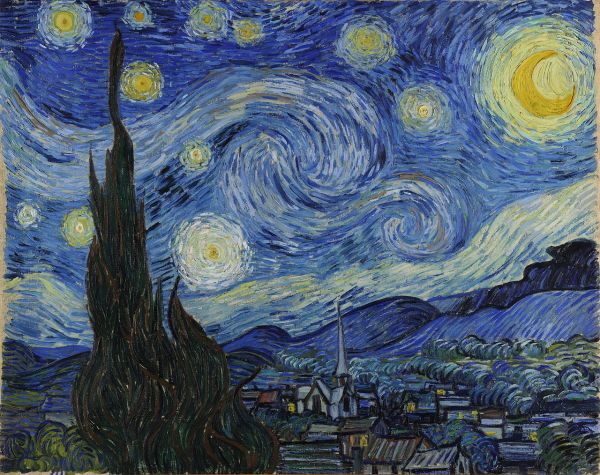
Fauvism, 1900-1935, France
Fauves Matisse, Derain, and de Vlaminck formed the OG Wolfpack. They shared a studio and named themselves the ‘Wild Beasts.’ They also believed art should be more about self-expression than truth and gave colours alternate meanings.
MVPs:
- Cat and dove lover (yes, doves) Henri Matisse
- Devout Catholic and poet Georges Rouault
- Social reject and science nerd Georges Seurat
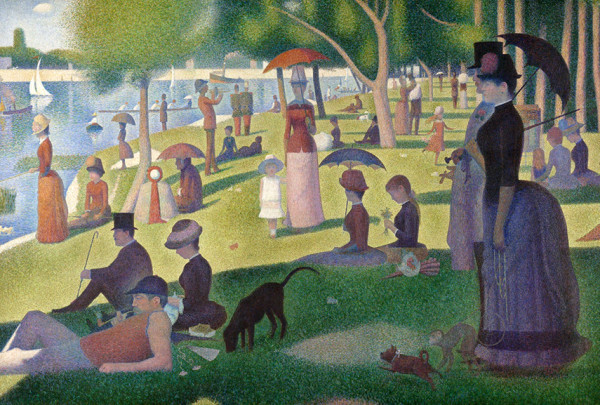
Expressionism, 1905 – 1930, Germany
Before Xanex, these artists self-medicated with swirling brushstrokes. Expressionists translated all the feels and anxiety of the modern world, through lonely figures and intense strokes. They felt modern society was leaving the individual behind.
MVPs:
- Lawyer and Nazi enemy Wassily Kandinsky
- Shot by a crazed-ex and mentally unstable Edvard Munch
- Talented muso and refugee Paul Klee

Cubism, 1907 – 1914, France
The world was a bit shook with Cubism, whose fragmented and flattened scenes gave the middle finger to the world’s concept of beauty. Subjects were abstracted to show the viewer multiple angles of the subject happening at once.
MVPs:
- Womaniser and Chanel-fan Pablo Picasso
- Wounded soldier and solo entrepreneur Georges Braque
- Army runaway and Cubist’s other guy Juan Gris

Dada, 1916 – 1930, Switzerland
Dada was like that emo kid in your class trying to make an anti-art statement. Dada had no rules, not even regarding theft… Duchamp’s toilet was ripped off from Baroness Elsa von Freytag-Loringhoven. Ironically, their ‘non-art’ is now very famous ‘art’.
MVPs:
- Chess champion and con man Marcel Duchamp
- Risk-taker and nihilistic Tristan Tzara
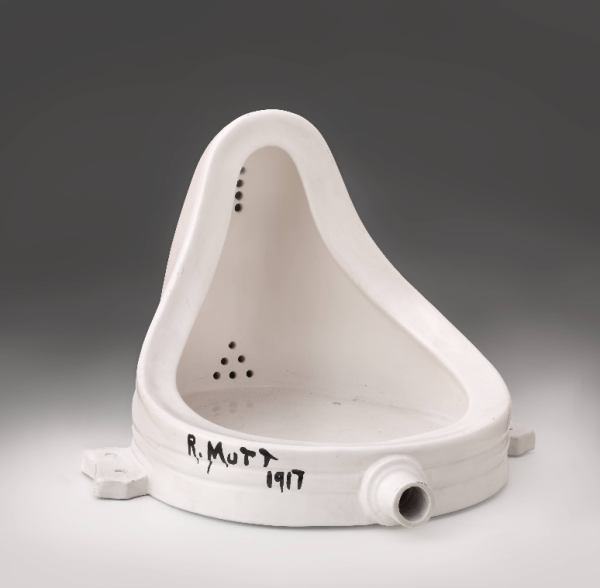
Surrealism, 1920s-onwards, France
Surrealists bowed down to Sigmund Freud, whose research on the unconscious inspired them to share the weird and wacky depths of their minds. Their dreamy, nightmarish scenes combine bizarre objects and forgo any rationale.
MVPs:
- Prankster and BMOG (Best Moustache On Ground) Salvador Dalí
- Accountant and pessimist Joan Miró
- Traumatised soldier and dabbler in hallucinogenics Max Ernst

Abstract Expressionism, 1940s, USA
Americans like to think the world always revolves around them, but this was the first movement where New York City really took centre stage. Abstract Expressionists used bold gestures like dripping, splattering, or layering to translate their heavy hearts -especially post-WWII.
MVPs:
- Mentally troubled ‘Jack The Dripper’ Jackson Pollock
- Depressed left-winger Mark Rothko
- Secret stowaway and alcoholic Willem de Kooning
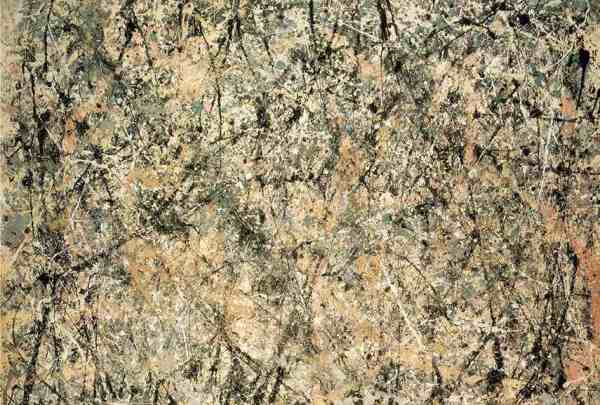
Pop Art, mid-1950s, UK/ USA
This one is easy. It was intended for us ordinary people to just get. Pop Artists merged low and high brow art by appropriating recognisable images from popular culture and advertising, and mass producing them.
MVPs:
- Mamma’s boy and 58-year-old virgin Andy Warhol
- Native New Yorker and jazz lover Roy Lichtenstein

Anything from today onwards loosely falls under the heading of Post-Modernism, and honestly, my guess is as good as yours. It’s a bit of a bloody free for all. The best I can offer is to take some cues from Will Ferrell.
And as for the buzzwords…
If you’ve exhausted fun facts about the work’s era, you can comment on basically any aspects of the work itself and sound like a pro – because the whole thing about art is that it is subjective. You may sound like a douche, but, if you’re using the vocabulary right, you’ll never actually be wrong…
Assuming the artist has considered most of the points below, you should always be wondering, why they made that choice, as part of your interpretation.
Colour
Colour refers to the hue and intensity. Are there a few colours, too many colours, is it colour-intensive or lacking in vibrancy? Do they flow well, or are they clashing?
Shape and Form
Form relates to length, width, shape, and depth that images appear. What is the sense of depth, and, is it realistic? Is it flattened down to 2D or hyper-exaggerated to 3D?
Tone
The tone is the lightness or darkness of a piece of art. Overall, is the work shaded as dark or light, consistent, or changing? Is it easy to decipher what is happening, or is the tone too muted?
Composition
The arrangement of individual elements to form a cohesive piece. Is there a sense of depth? Is it spacious or cluttered? Symmetrical or unbalanced? Is there positive and negative space?
Texture
Texture is about the surface of the work, anything that you can see and/or touch. Is there a trace of how the artist made the work? Or lack thereof?
Subject
The visual focus of the work. Is the subject indoors or outdoors? Truthful, mythical, or dreamlike? Landscape, natural, or man-made?
Medium
The materials the artist used to create the work. Is it a painting, drawing a mixture of different mediums, photography, digital media, glasswork, sculpture, wood, or ceramic?
Scale
The size of one object concerning another object. Are elements depicted truthfully or are some given greater importance? Can relate to the dimensions of the artwork itself and its comparison to the viewer.
At the bare minimum, if you don’t have much to contribute, most art is about rejecting big ideas and the existing status quo, or adopting other people’s opinions and pushing them further.
Sprinkle in a couple of the above before excusing yourself to say hi to the curator. None the wiser.
RELATED: 8 Emerging & Affordable Artists Worth Knowing
RELATED: A Glossary Of Easy Wine Terms Every Man Should Know
